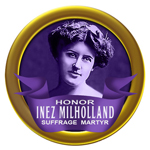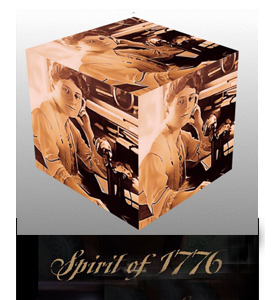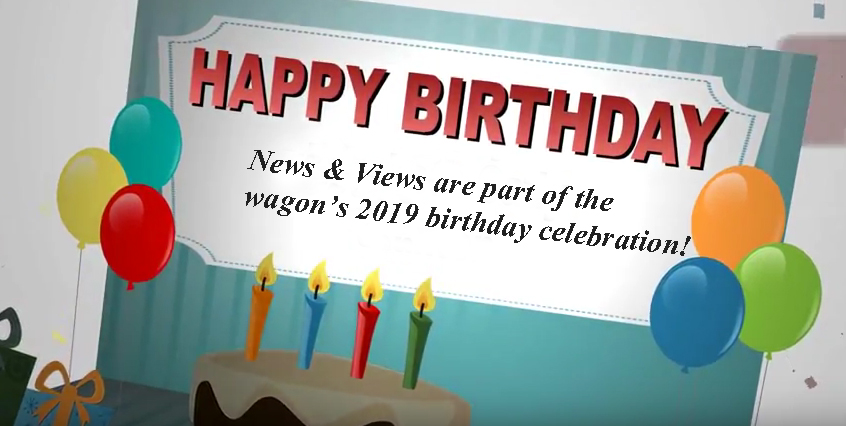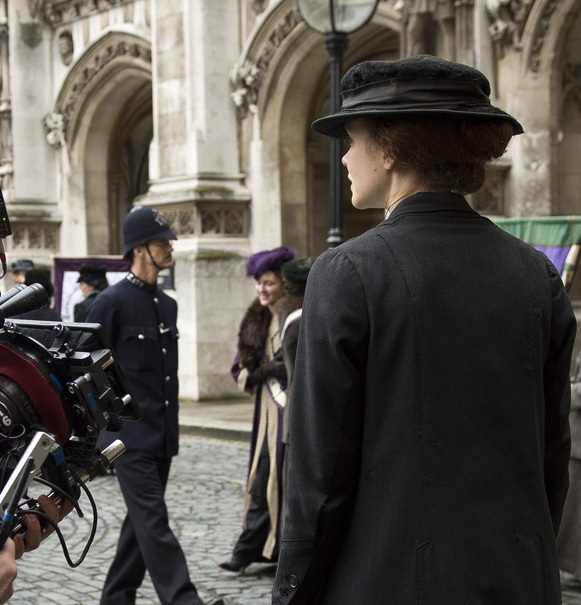 Rain, snow, sleet, or blisters couldn’t stop a Votes for Women march from New York City to Albany during the first week of January in 1914. I like to call it a story about a stubborn streak of spirit.
Rain, snow, sleet, or blisters couldn’t stop a Votes for Women march from New York City to Albany during the first week of January in 1914. I like to call it a story about a stubborn streak of spirit.
When woman’s suffrage hike leader Rosalie Jones ordered, “Forward, March,” my grandmother Edna Kearns, grandfather Wilmer Kearns, and their young daughter Serena fell into line. They’re highlighted in the NY Tribune photo on January 1, 1914 when they joined the hike to see the governor about votes for women. This group of 30 people from NYC and Long Island set out from Manhattan on that freezing winter day with high spirits. Only three hikers made it the entire 166 miles in six days. For the rest –including my grandparents– participation in the event became part of family oral history for a job well done, which was making a social issue visible. This visibility led to change.
No one could have predicted 98 years ago that women voters would play a pivotal role in the upcoming 2012 election. Back then, merely joining a march to Albany was definitely outside the box.
Before 1914, some crowds jeered suffrage hikers along the march routes. The tide of public opinion shifted somewhat by 1914,and the hikers to Albany were cheered on as they headed north. The activists were tough. They stuck with it, though it took much more on-the-ground organizing before New York State women finally won the vote in 1917. And it wasn’t until 1920 when all American women were able to exercise this basic right.
The story of the 1914 suffrage march stands the test of time because it is part political and part human interest –plus a little romance, sore feet, and spirited speeches in towns and villages along the route. The Votes for Women hikers attracted widespread media attention, and they rallied supporters throughout the Hudson Valley. Media accounts such as these were popular in their day:
- Check out Grandmother Edna Kearns’ march report, Brooklyn Eagle
- Read March story #1 March story #2 as told by the NY Tribune
- Discover what happened when suffrage hikers encountered a snowstorm in Saugerties, NY
- And find out about the governor’s response in Albany, NY




5 Responses
Unique view of American history.
I would be sitting next to the fire keeping warm in January, not marching to the state capitol. The suffragettes were clever. They knew how to grab the spotlight and keep their issue in the news. Bravo!
Beginning in January 1917, NWP posted silent “Sentinels of Liberty” at the White House. In June, the arrests began. Nearly 500 women were arrested, 168 women served jail time, some were brutalized by their jailers. North Dakota, Indiana, Nebraska, and Michigan granted presidential suffrage; Arkansas granted primary suffrage. New York, South Dakota, and Oklahoma state constitutions approved suffrage.
I’m loving these stories. Thank you.
Can’t get information like this any where else. Unique. Specific. Inspiring.